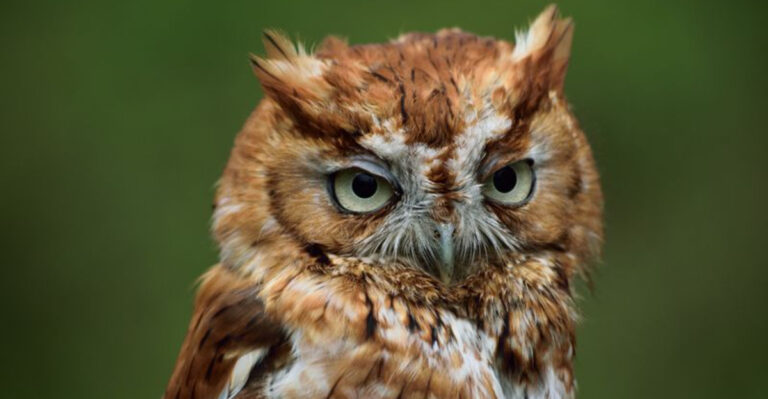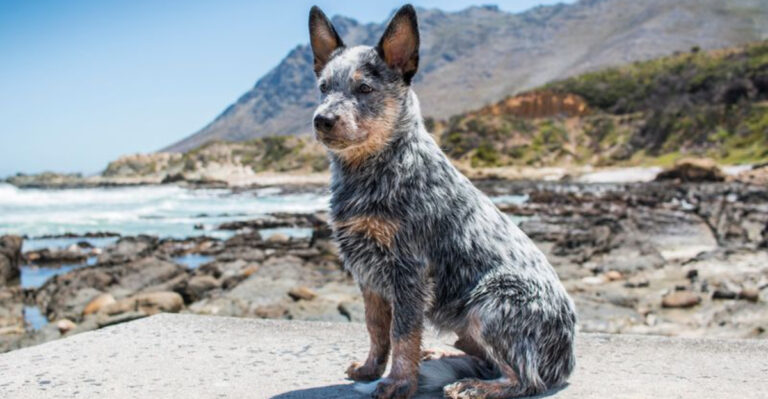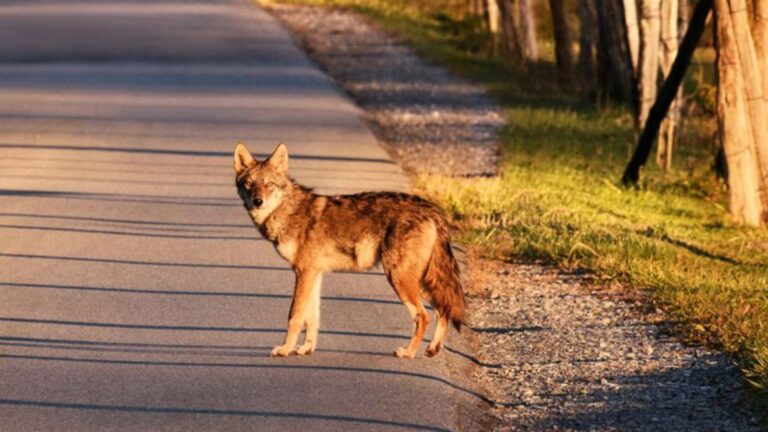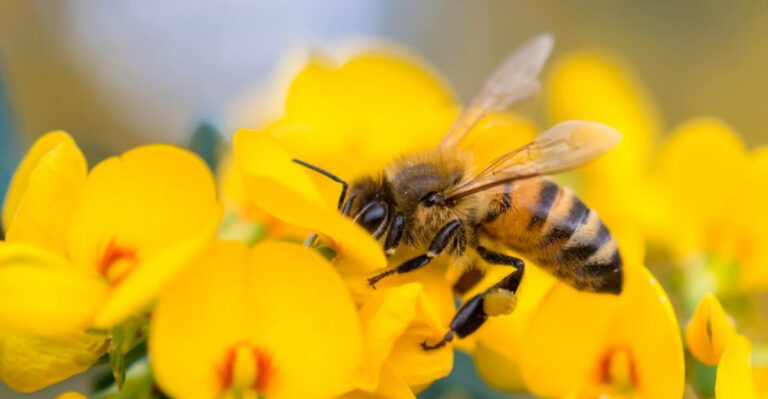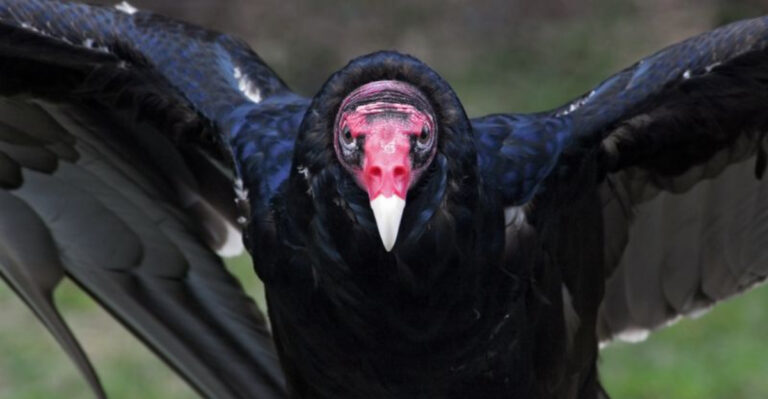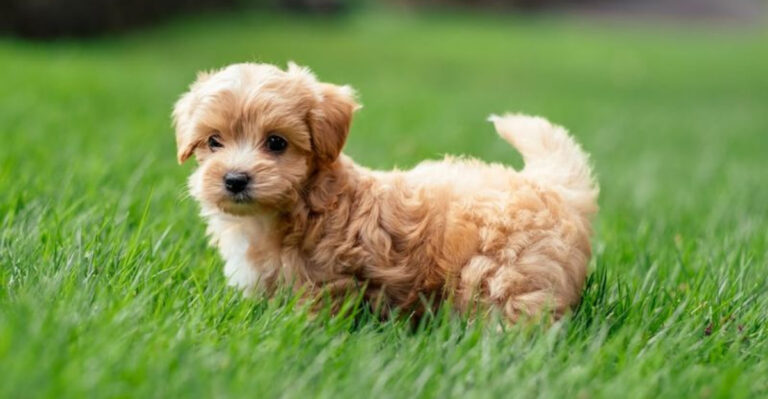10 Dog Breeds That Thrive In Pairs, And 5 That Think Sharing Is Overrated
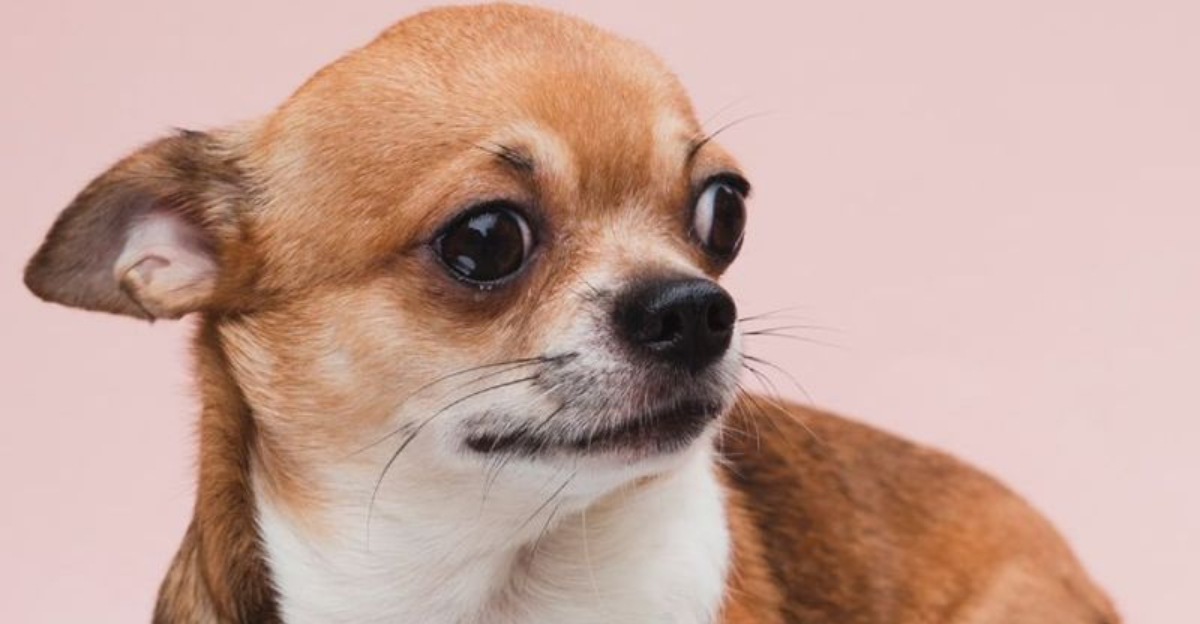
Ever wonder why some dogs seem happier with a buddy while others prefer to be the only pup in town? Just like people, our four-legged friends have different social needs.
Some breeds naturally gravitate toward canine companionship, thriving with a partner to play, cuddle, and explore with. Others? Well, they’d rather not share your attention or their favorite spot on the couch!
1. Labrador Retrievers: The Ultimate Playdate Partners
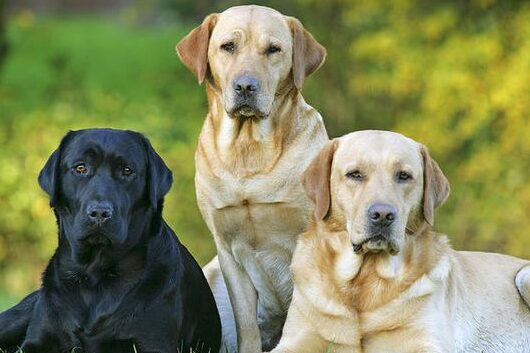
Labs live for friendship! These sunny-natured dogs possess an endless appetite for play and companionship that another Lab can perfectly satisfy.
When paired together, they’ll entertain each other with games of fetch, swimming adventures, and good-natured wrestling matches. Their natural pack mentality means they rarely squabble over resources.
Two Labs can help prevent the separation anxiety and destructive behaviors that sometimes develop when these social butterflies are left alone too long.
2. Beagles: Better In Bunches
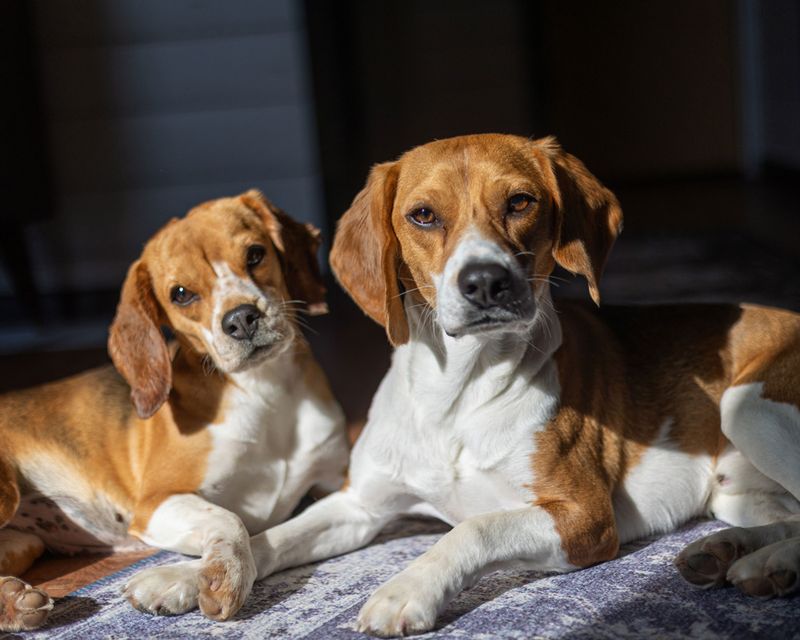
Born to hunt in packs, beagles simply understand each other on a level humans never will. Their howling conversations and synchronized sniffing expeditions reveal their deep pack instincts.
A solo beagle often becomes the neighborhood opera singer, howling loneliness to anyone who’ll listen. With a buddy, that dramatic streak transforms into contented companionship.
These food-motivated pals generally share well, though you might need two food bowls placed far apart!
3. Border Collies: Brilliant Minds Need Brilliant Friends
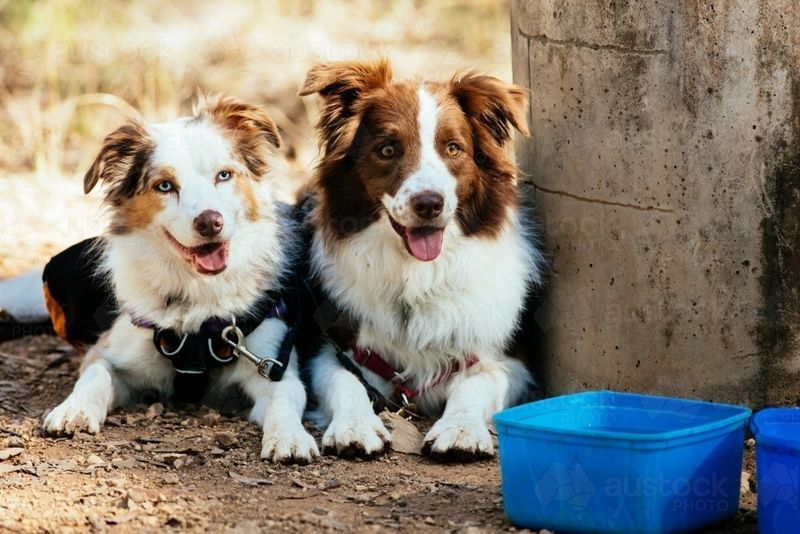
Border Collies possess off-the-charts intelligence that craves constant mental stimulation. When two of these brainiacs live together, they create their own complex games and challenges.
Watching a pair of Border Collies is like witnessing chess masters at play – they anticipate each other’s moves, communicate with subtle body language, and push each other to new heights.
Their strong herding instinct means they’ll happily work as a team, whether managing sheep or just organizing your children in the backyard!
4. Golden Retrievers: Twice The Love, Double The Fur
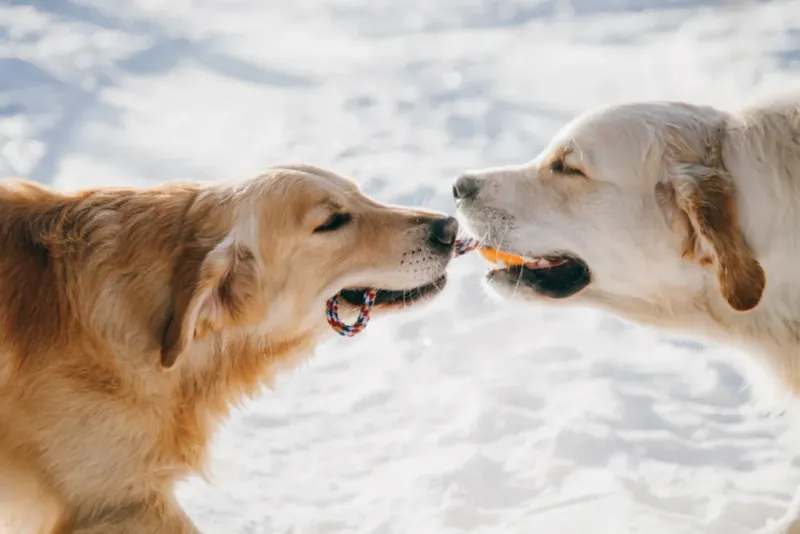
Goldens embody friendship in furry form. Their hearts seem limitless in capacity to love both humans and fellow canines, making them perfect pair candidates.
Two Goldens create a perpetual joy factory in your home – expect synchronized tail wags, shared toys (often carried together), and coordinated cuddle attacks. Their gentle mouths mean play rarely escalates to anything serious.
As natural retrievers, they’ll take turns fetching and carrying treasures back to you, turning mundane backyard time into an adorable relay race.
5. Siberian Huskies: Built For The Buddy System
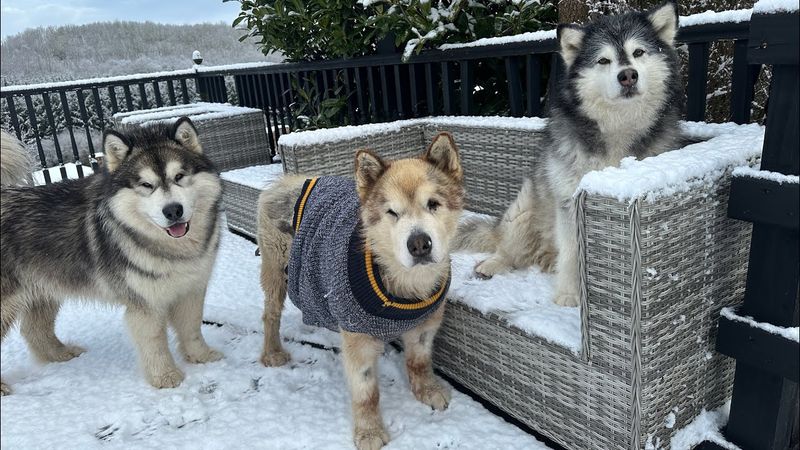
Evolved to work in sled teams, huskies speak a language all their own. Those famous “woo-woos” and howl-talks flow between husky pairs like poetry, creating their own household dialect you’ll never fully understand.
Their play style matches perfectly – high energy, dramatic body slams, and playful nipping that would terrify owners of other breeds but is just Tuesday afternoon for these Arctic athletes.
A solo husky often becomes an escape artist and demolition expert. Two channel that energy into mutual entertainment!
6. Cavalier King Charles Spaniels: Velcro Dogs Who Stick Together
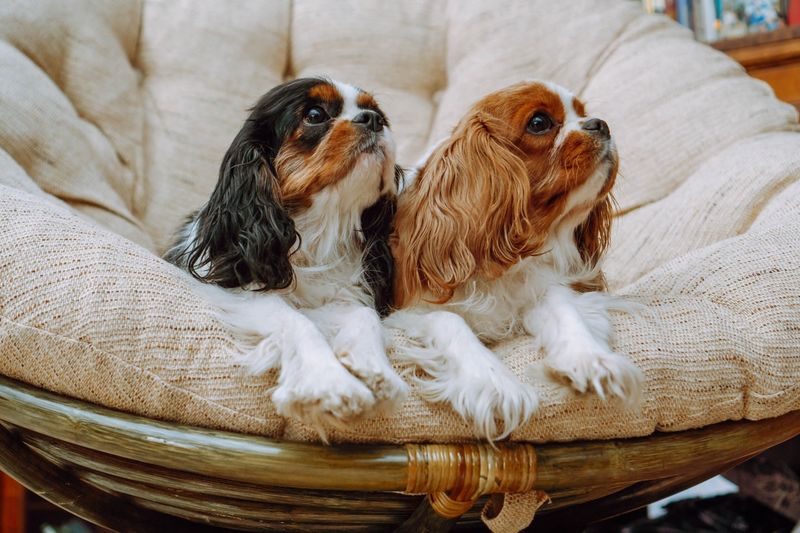
Cavaliers were literally bred to be companions, making them natural candidates for paired living. Their gentle, affectionate nature extends to fellow dogs as much as to their beloved humans.
When two Cavaliers bond, they become an adorable shadow unit, following each other from room to room and creating cuddle piles that will melt your heart. Morning sunbeams become twice as magical with two sets of silky ears catching the light.
Their low exercise needs mean they’re content simply being together, whether napping or gently playing.
7. Boxers: The Comedy Duo Your Home Needs
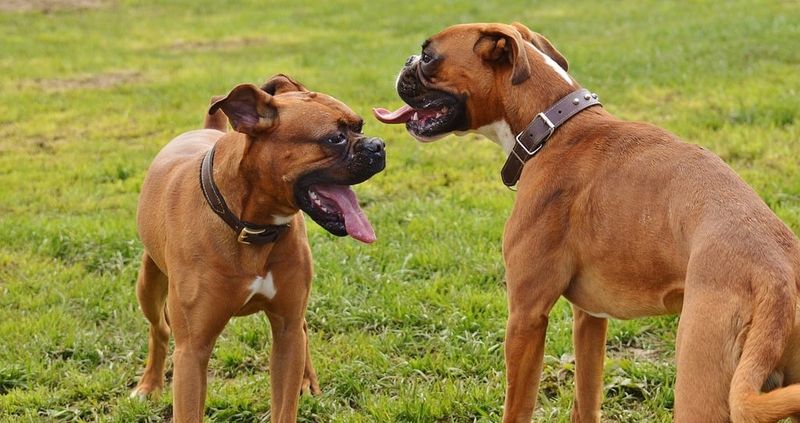
Boxers bring slapstick comedy to dog form, and when you pair them, you’ve got a full-time entertainment show! Their expressive faces and bouncy movements become even more hilarious when they mirror each other.
These natural clowns will take turns initiating games, with play bows, dramatic paw slaps, and those signature boxer “kidney beans” (curved body wiggles). Their energy levels match perfectly, preventing the frustration that can occur when high-energy boxers live with mellower breeds.
Despite their muscular build, they play remarkably gently together.
8. Bichon Frises: Small Dogs With Big Friendship Energy
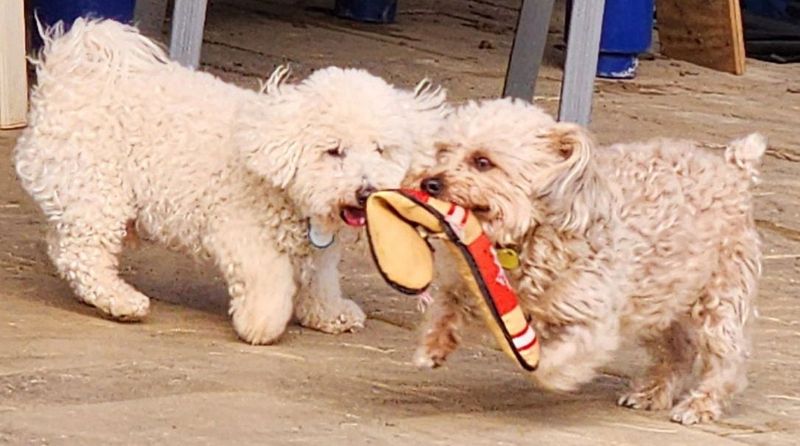
These cotton-ball cuties might look like living stuffed animals, but they’re social butterflies with real friendship needs. Bichons historically traveled in pairs or groups with circus performers, developing strong dog-to-dog social skills.
Two Bichons will create elaborate play rituals, from morning greeting dances to evening zoomie sessions. Their non-shedding coats mean they can cuddle without creating tumbleweeds of fur throughout your home.
Their cheerful disposition makes resource guarding rare – they’d rather play than fight over toys or treats.
9. Greyhounds: Couch Potatoes Better In Pairs
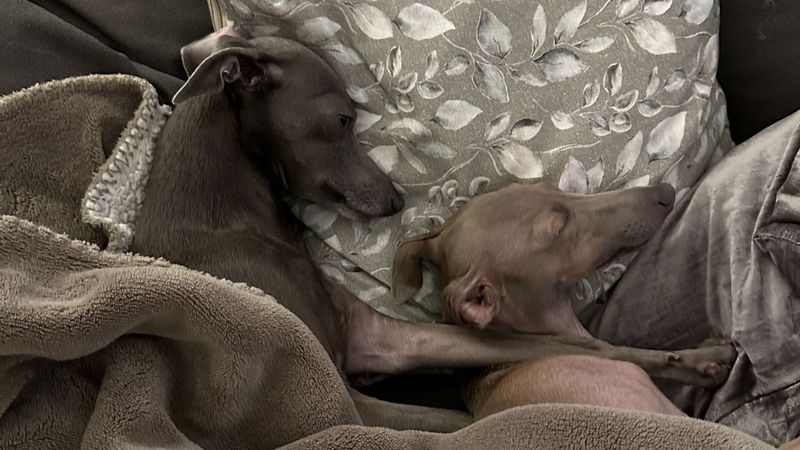
Beneath that racing exterior beats the heart of a lazy lounger! Retired racing greyhounds especially benefit from canine companionship after lives spent in kennel environments with other dogs.
Two greyhounds create the ultimate synchronized napping team, forming elegant pretzel shapes on your furniture. Their brief energy bursts align perfectly – five minutes of zooming followed by hours of artistic lounging.
Their natural pack mentality means they intuitively understand each other’s space and rarely squabble, making them surprisingly low-maintenance housemates despite their size.
10. Jack Russell Terriers: Double Trouble Worth The Chaos
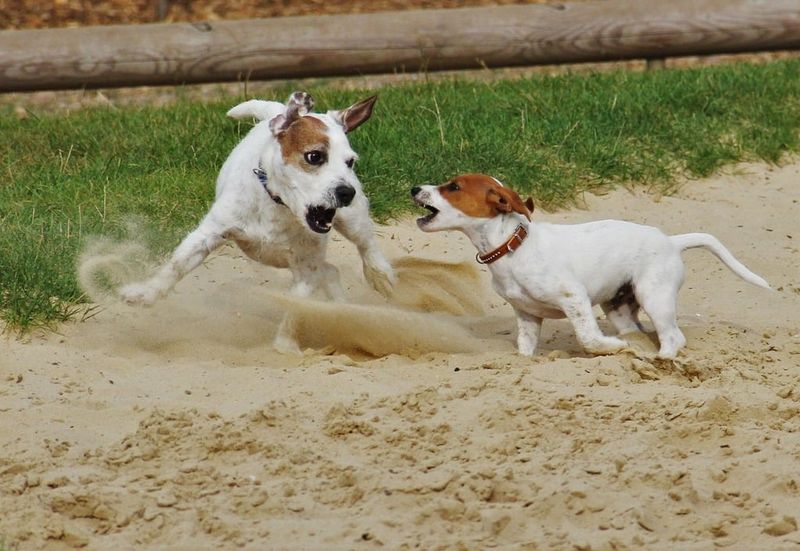
Jack Russells pack more personality per pound than almost any breed! These little firecrackers benefit from having a similarly-wired companion who matches their intensity and play style.
Two JRTs will create their own adventure club, from digging expeditions to squirrel surveillance operations. Their problem-solving abilities seem to multiply when paired – what one can’t figure out, the other often can.
While they might occasionally squabble like siblings, their disputes typically resolve quickly, and the entertainment value they provide each other prevents the destructive boredom behaviors solo Jacks often develop.
11. Akitas: The Dignified Loners
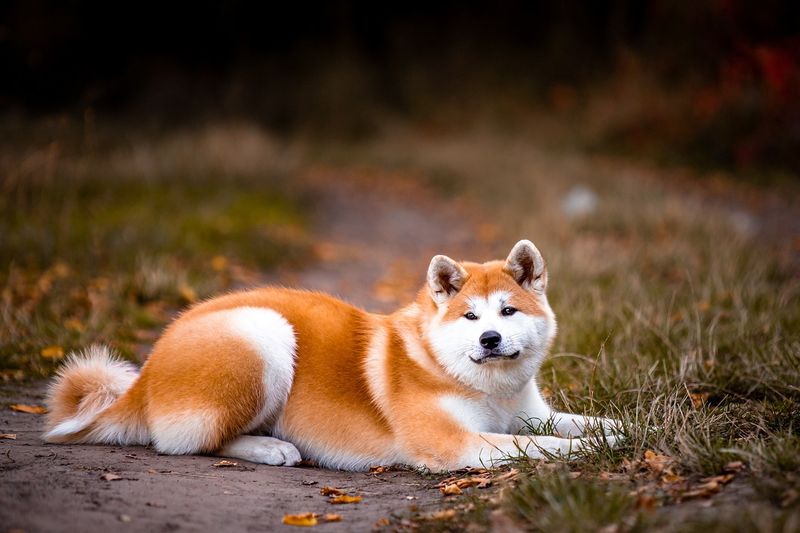
Akitas carry themselves with a regal independence that extends to their social preferences. These ancient Japanese guardians were bred to work alone, protecting their families with singular focus and loyalty.
Multiple Akitas often compete for alpha status, creating tension that can escalate into serious conflicts. Their strong prey drive and same-sex aggression tendencies make peaceful coexistence challenging, especially between two males.
Most Akitas prefer being your exclusive canine companion, forming an intense bond that doesn’t welcome four-legged interlopers.
12. Chow Chows: The Feline Spirits In Dog Bodies
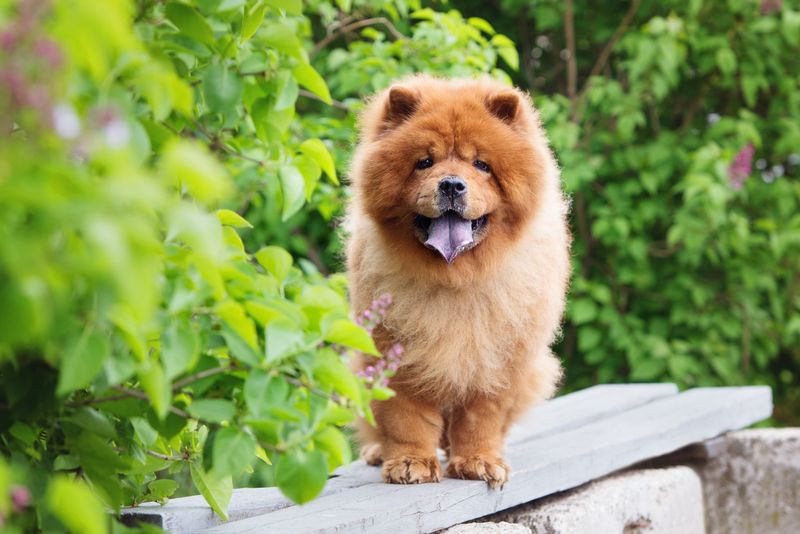
Chow Chows approach life with cat-like independence and dignity. These ancient Chinese dogs form deep bonds with their humans but often view other dogs as unnecessary complications in their carefully ordered world.
Their aloof nature and strong territorial instincts can make sharing space challenging. Two Chows may constantly negotiate invisible boundaries within your home, creating stress for everyone involved.
Most Chows prefer being the sole recipient of your attention and admiration – they’re the aristocrats of the dog world, and aristocrats rarely share their thrones!
13. Lhasa Apsos: The Tiny Tibetan Sentinels
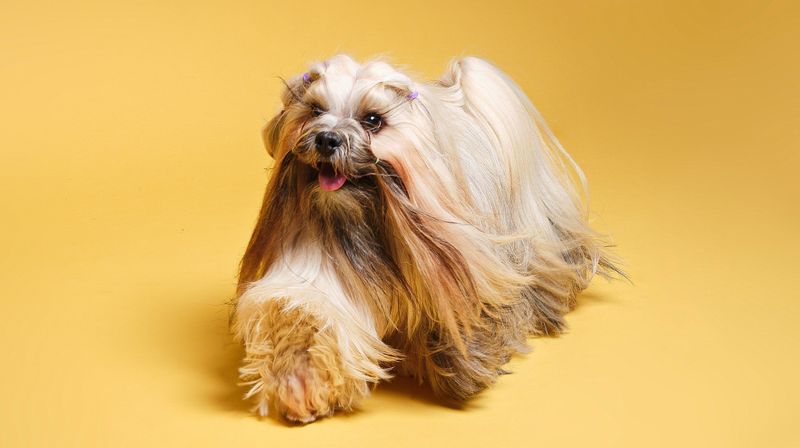
Don’t let that flowing hair and small size fool you! Lhasa Apsos were bred as alert watchdogs in Tibetan monasteries, developing a fiercely independent streak and territorial nature that persists today.
These small dogs carry themselves with the confidence of lions and often prefer ruling their domain without canine competition. Their suspicious nature toward strangers extends to new dogs, making introductions challenging.
While they can eventually accept housemates, many Lhasas are happiest as the solo star of their human’s attention, free to patrol their kingdom unchallenged.
14. Shiba Inus: The Canine Individualists
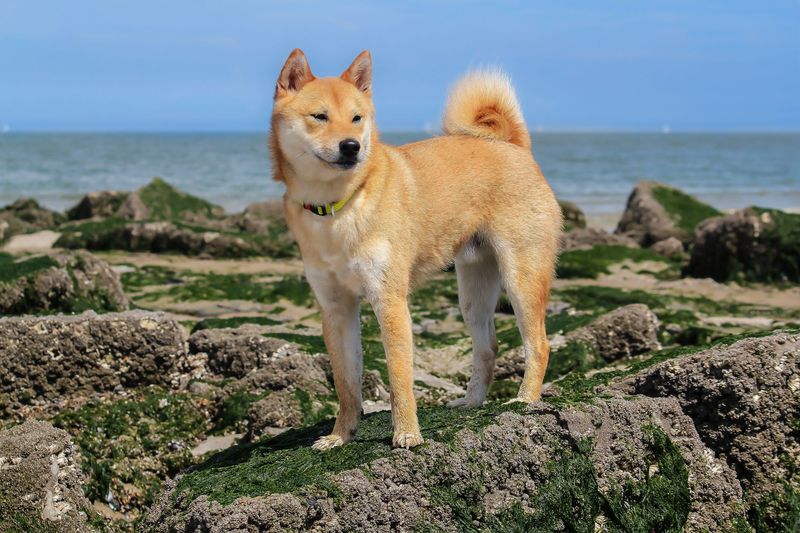
Shibas bring ancient wildness wrapped in an adorable fox-like package. These Japanese hunters maintain a strong independent streak that often translates to preferring human company over canine companions.
Their primitive nature includes strong resource guarding tendencies and a low tolerance for having their personal space invaded. The famous “Shiba scream” might become a regular soundtrack when forced to share their domain!
Most Shibas develop deep bonds with their people but maintain polite distance from other dogs, preferring solo adventures to group activities.
15. Chihuahuas: Tiny Dogs With Giant Personality Rights
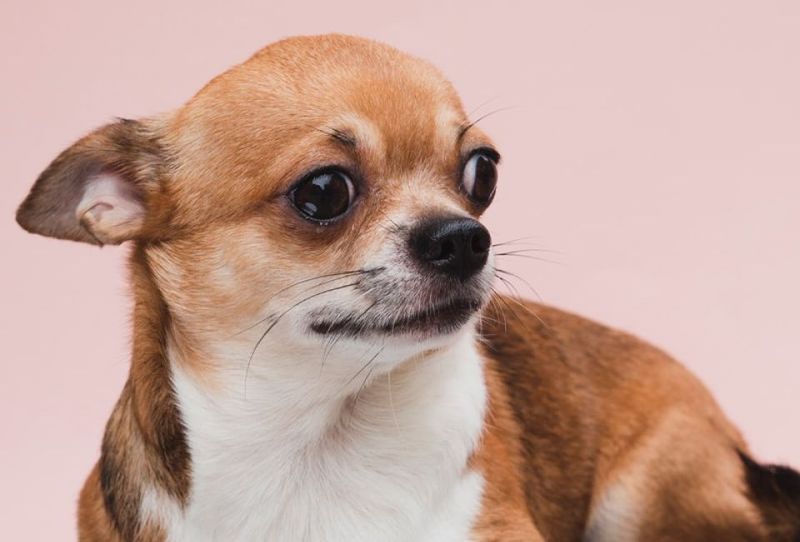
Chihuahuas bond to their humans with fierce loyalty that borders on possessiveness. These pocket-sized companions often view themselves as your only necessary pet relationship!
Their bold personalities and surprisingly strong territorial instincts can make sharing difficult. Many Chihuahuas develop jealousy issues when forced to divide their human’s attention with another dog.
Their tiny size creates vulnerability around larger dogs, feeding a defensive attitude that can manifest as the famous Chihuahua attitude. Most prefer being your exclusive lap warmer and devoted shadow.

